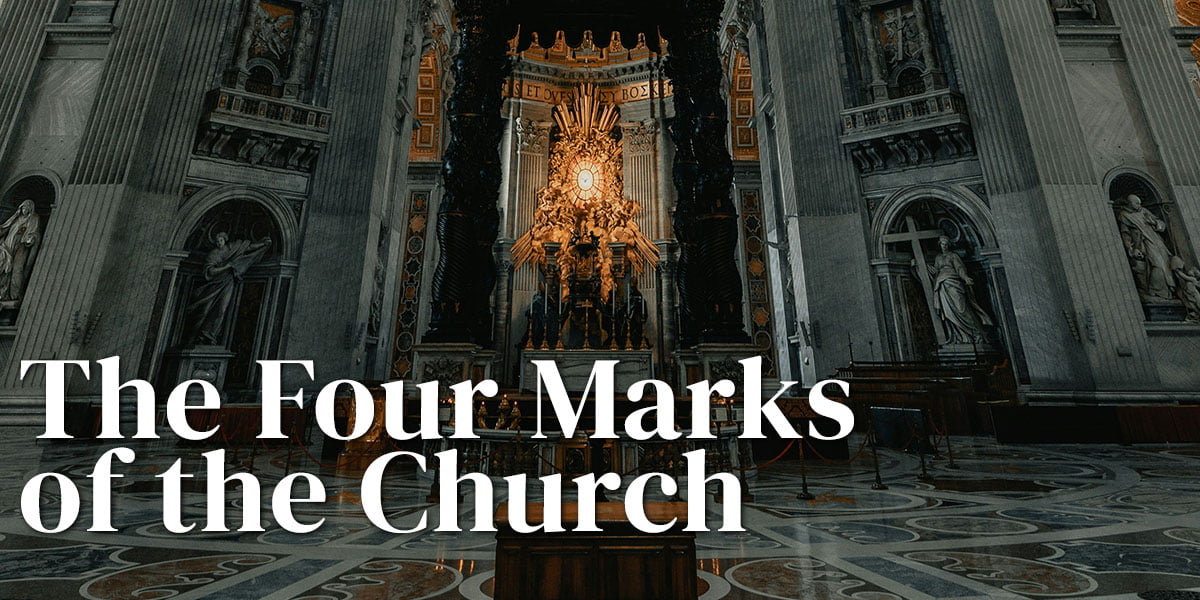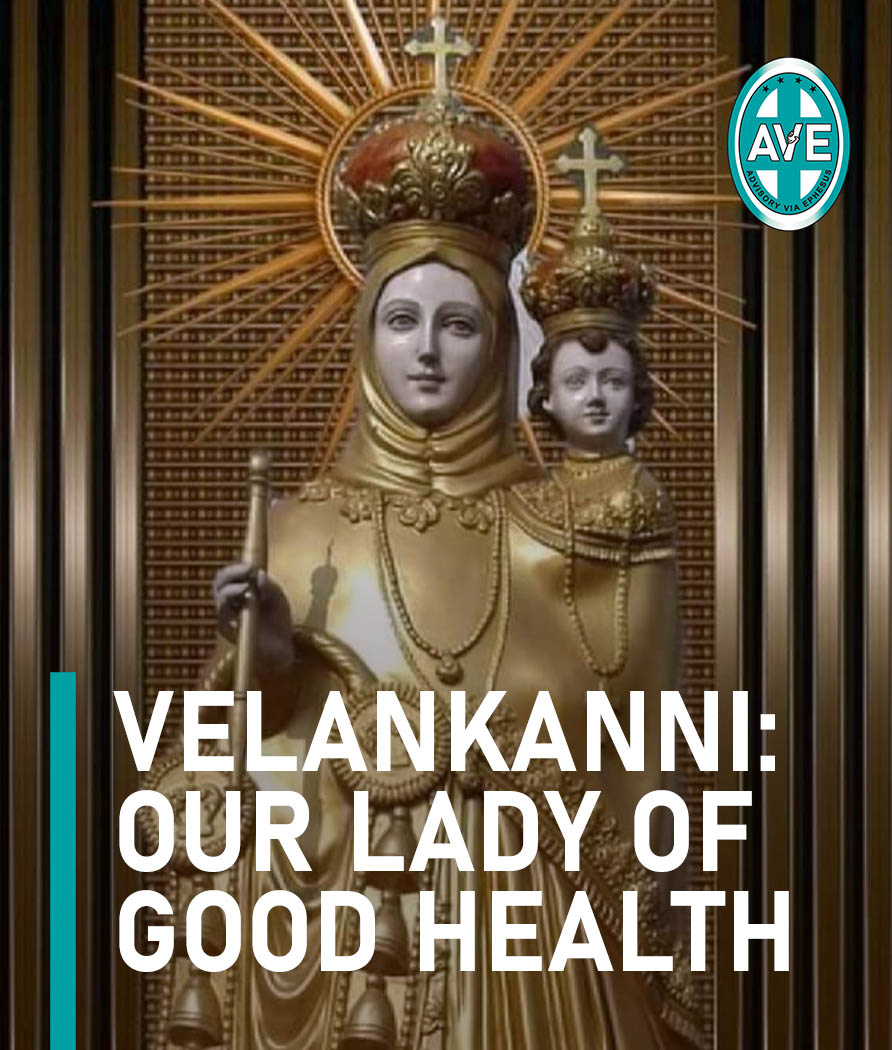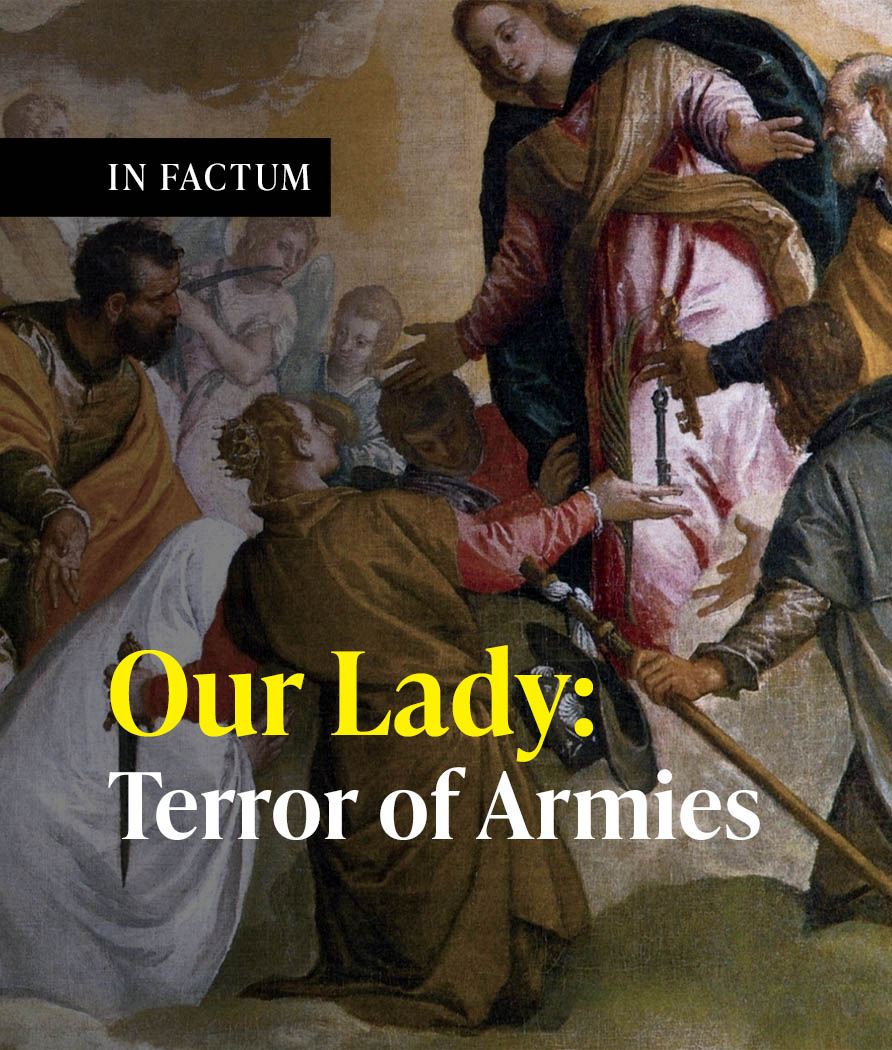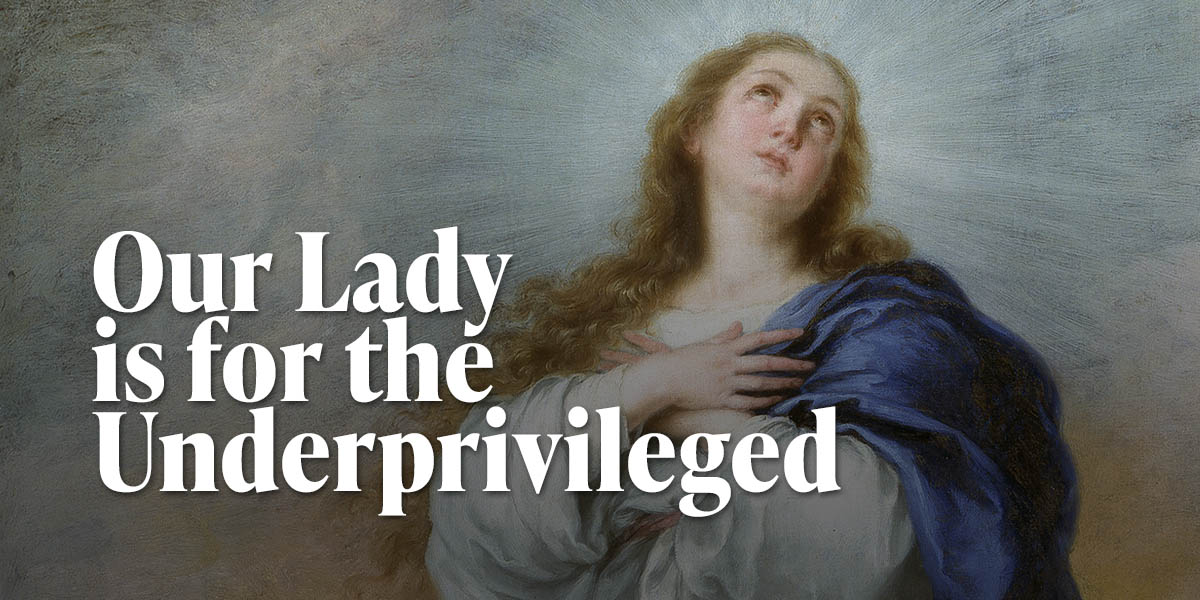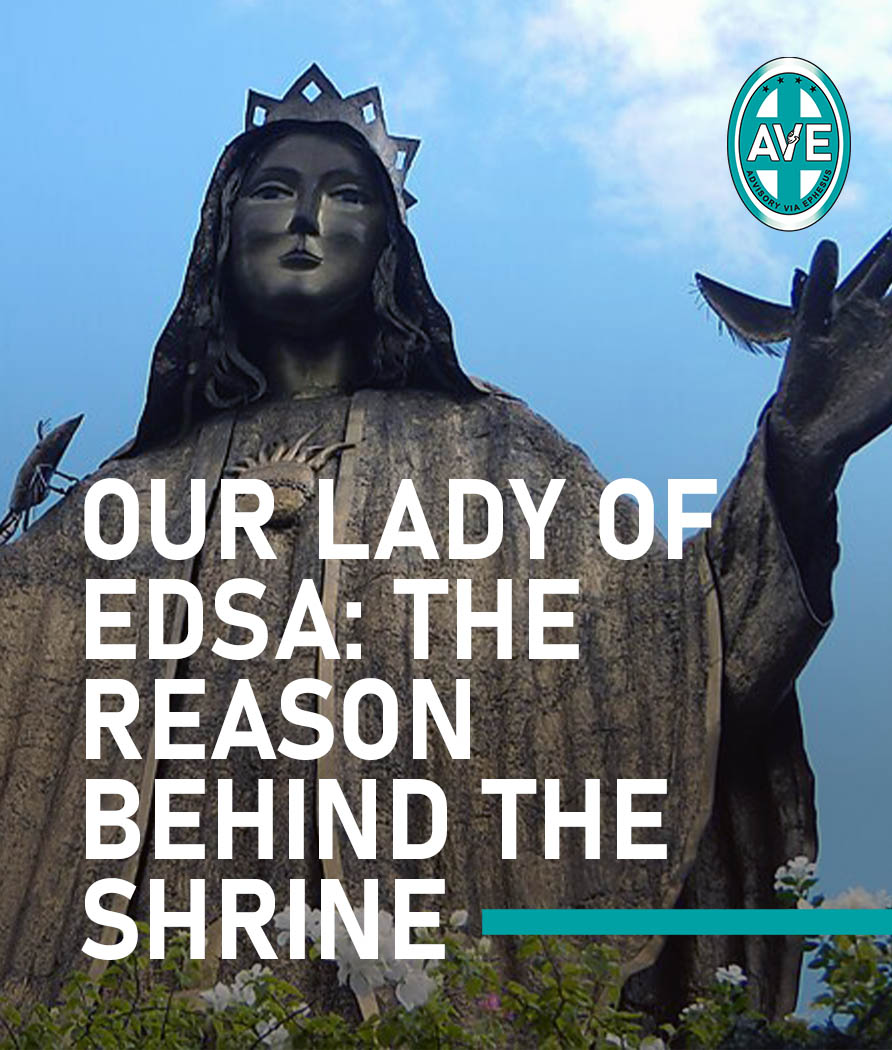January 1st is celebrated as the liturgical feast of the Blessed Virgin Mary, which is the Octave of Christmas, an eight day extension of the feast. The honoring of Mary as the Mother of God can be traced back to the Council of Ephesus in 431. By the 7th century, January 1st was observed as a celebration of the Maternity of the Blessed Virgin Mary. In the 13th century, the Feast of the Circumcision of Christ had come to replace the feast honoring Mary.





